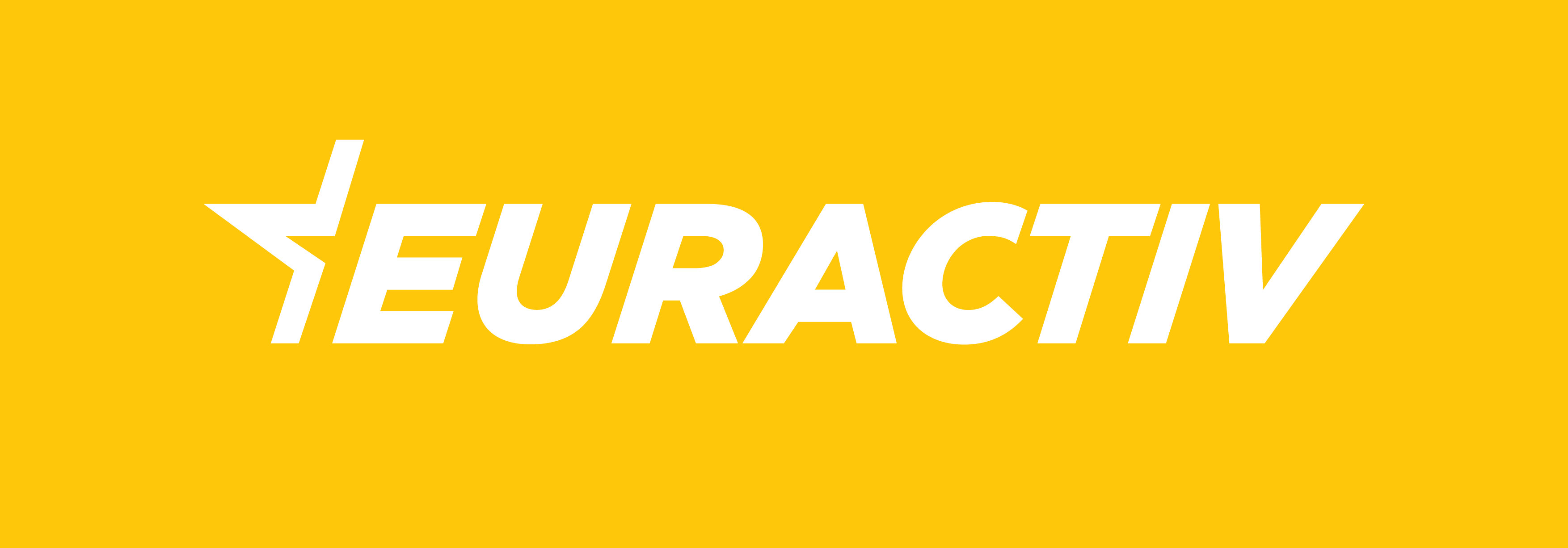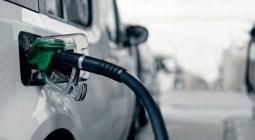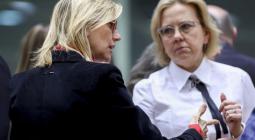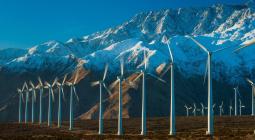Renewables: End of a cycle or end of an era?
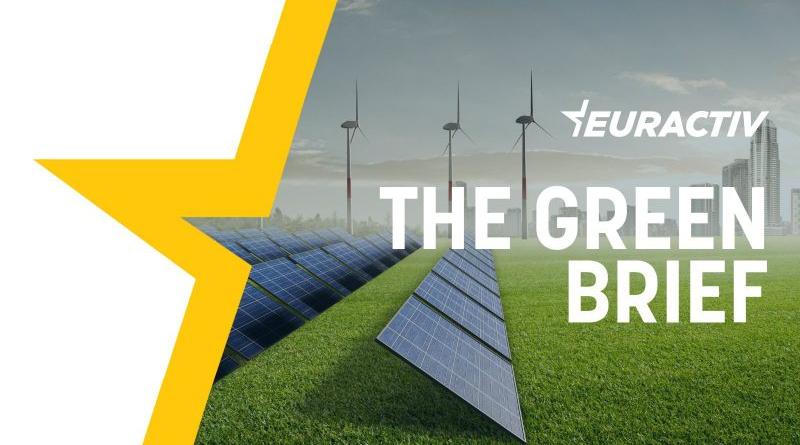
Welcome to EURACTIV’s Green Brief, our weekly selection of energy and environment news from across Europe. To subscribe, follow this link. You can also subscribe to our daily newsletter here and to our comprehensive weekly update here.
When EU legislators reached an agreement on the renewable energy directive on 30 March, they closed a key chapter of the European Green Deal, the flagship policy programme of the European Commission headed by Ursula von der Leyen.
This is no small feat, given the headwinds faced by Europe since the Green Deal was launched in December 2019.
In the four years that elapsed since the current Commission took office, the EU was hit by two successive crises of severe geopolitical and economic magnitude – the COVID-19 pandemic and Russia’s brutal war in Ukraine.
Each time, the Green Deal came under attack – from Czechia or Poland – and each time, the EU responded collectively by doubling down on its green agenda, including by increasing the bloc’s renewable energy target.
From an initial goal of 40% by 2030, the Commission proposed boosting the EU’s renewables target to 45% of the bloc’s energy consumption and tabled plans to accelerate permitting for new wind and solar farms to speed up Europe’s exit from Russian fossil fuel imports.
The move was backed by the European Parliament, which emphatically supported the 45% objective in the name of Europe’s energy security and urgency to tackle climate change.
But EU member states were more hesitant, saying they would rather stick to the 40% target tabled by the European Commission the year before the Ukraine war broke out.
In the end, they met halfway and settled for a 42.5% renewable energy objective for 2030 – almost double the EU’s current share, which stands at just over 22%.
Focus on delivery
The 42.5% objective on renewables is undoubtedly towering, and the difficulties Europe will face trying to achieve it should not be underestimated.
“It means doing in seven years what we have accomplished in the past 40 years!” said Pascal Canfin, a French centrist lawmaker who chairs the European Parliament’s environment committee.
It will be all the more challenging since the 2030 target will have to be met without much additional capacity from biomass, which currently makes up 60% of the EU’s renewable energy consumption and will be more severely restricted under the directive’s updated green criteria for biomass.
One former EU Commission insider, who spoke to EURACTIV on condition of anonymity, said the target-setting exercise in the EU’s REPowerEU plan adopted after the outbreak of war in Ukraine was clearly “political”, with “no serious in-depth technical and market analysis”.
“It’s almost impossible to reach those targets by 2030,” said the former EU official, who held a senior position in the European Commission before leaving a few years ago.
Those worries are shared by the renewable energy industry itself.
“New targets are great, but the EU member states must also ensure that these targets can be delivered,” said WindEurope CEO Giles Dickson when asked last December about the EU’s proposed 45% objective. “Today’s permitting procedures are too complex and too long to come close to either the 40% or the 45% target,” he told EURACTIV back then.
Dickson said that ramping up wind and solar power generation requires huge investments in manufacturing capacity and supporting infrastructure such as electricity grids. It also assumes continued access to cheap and abundant raw materials like rare earths, which are currently produced and refined almost exclusively in China, making Europe dependent on the whims of Beijing for its energy security.
“If these problems are not addressed, any updated 2030 renewables target remains academic,” Dickson warned, calling for a genuine European industrial policy on renewables.
In that sense, the EU’s deal on the renewable energy directive marks the end of a policy cycle focused on objective setting and the start of a new one focused on delivery and industrial policy.
Beyond 2030
But beyond 2030, Europe will also need to have a frank discussion about the future direction of its energy and climate policies.
Until now, the consensus in Brussels has focused on developing wind and solar power without considering the end goal in terms of the desired European energy mix.
While a growing number of EU countries – including Austria, Denmark, Germany, and Spain – seem happy to aim for a 100% of renewable energy system, others like France, Finland, Poland, and Hungary have made clear that nuclear should be considered as part of the EU’s low-carbon energy system.
When EU heads of state met in March, French President Emmanuel Macron clearly indicated that renewables could not be considered the only way to reach the EU’s decarbonisation objectives.
“We know that renewables are not enough and that nuclear is indeed a necessary part of the answer at European level,” Macron said after the March summit.
Of particular concern are eastern EU member states like Bulgaria, the Czech Republic, Hungary and Romania, which were never big supporters of renewables and derive a sizeable share of their electricity from ageing Russian-made nuclear plants.
“Central and Eastern Europe is a ticking bomb,” a second former Commission insider warns. “We need to come up with a tailor-made programme for them,” the former senior official told EURACTIV.
The EU already had a foretaste of upcoming debates when EU energy ministers met in Brussels last month to discuss the bloc’s renewable directive. There, two camps faced off – one pro-renewables camp categorically opposed to nuclear and another which called for atomic energy to be recognised alongside renewables.
A future way forward may have been found when European Parliament lawmaker Pascal Canfin suggested lowering the EU’s renewable energy target for countries that already have a low-carbon electricity mix – a nod to France and its fleet of 56 nuclear reactors, which makes Paris a climate policy frontrunner in the European Union.
From that perspective, the political agreement on the EU’s renewable energy directive may have also marked the end of an era for the European Commission, which currently doesn’t have a political mandate to impose ever-higher renewable targets on EU countries without infringing on their sovereign right to decide their own energy mix.
Whatever your views on renewables and nuclear may be, the topic of Europe’s future energy mix is too important to be simply brushed under the carpet. With the European elections coming next year and a public consultation launched about the EU’s 2040 climate policies, the coming months are a good moment to have it.
– Frédéric Simon
cover photo: Subscribe to EURACTIV's Green Brief, where you’ll find the latest roundup of news covering energy & environment from across Europe.
